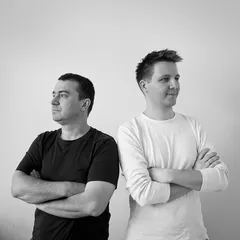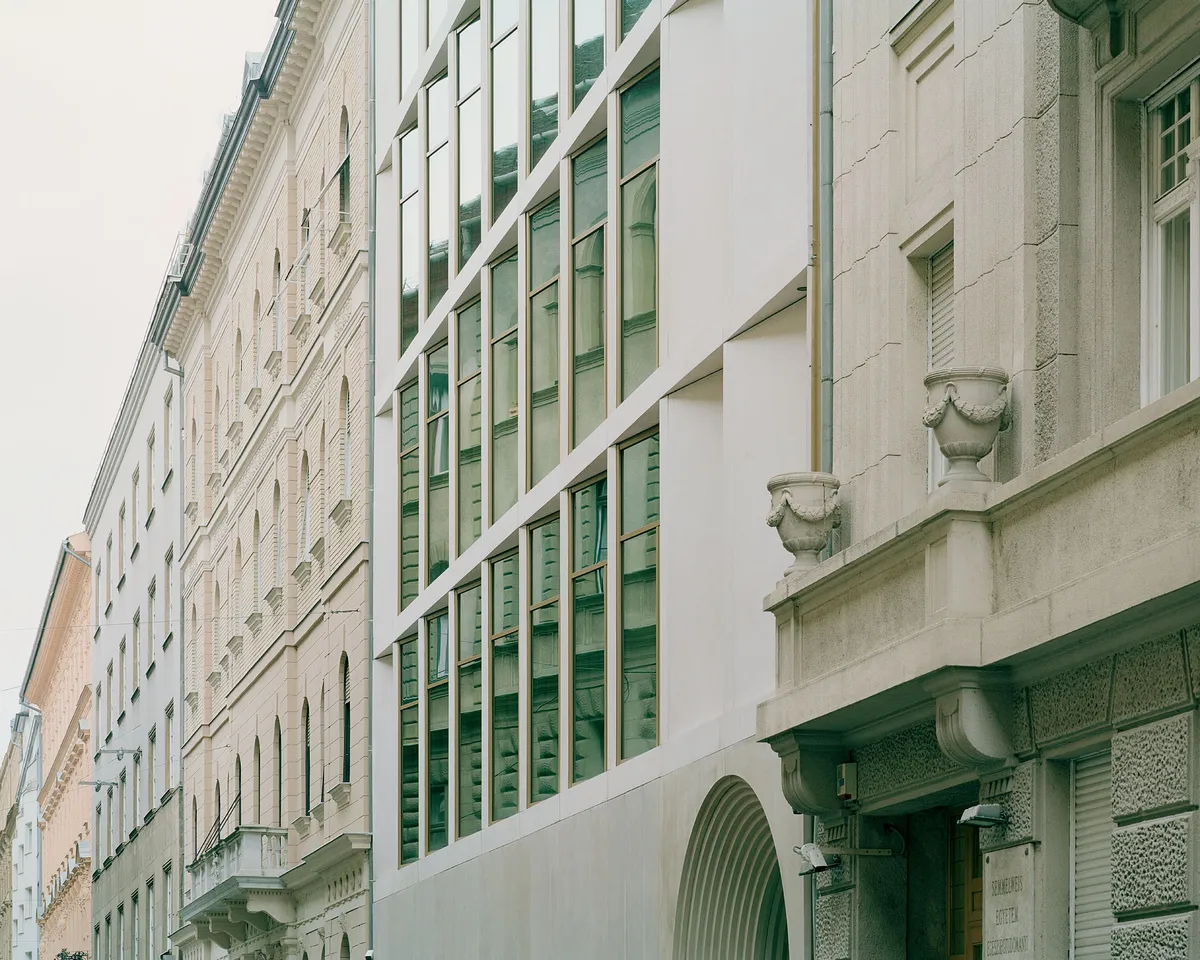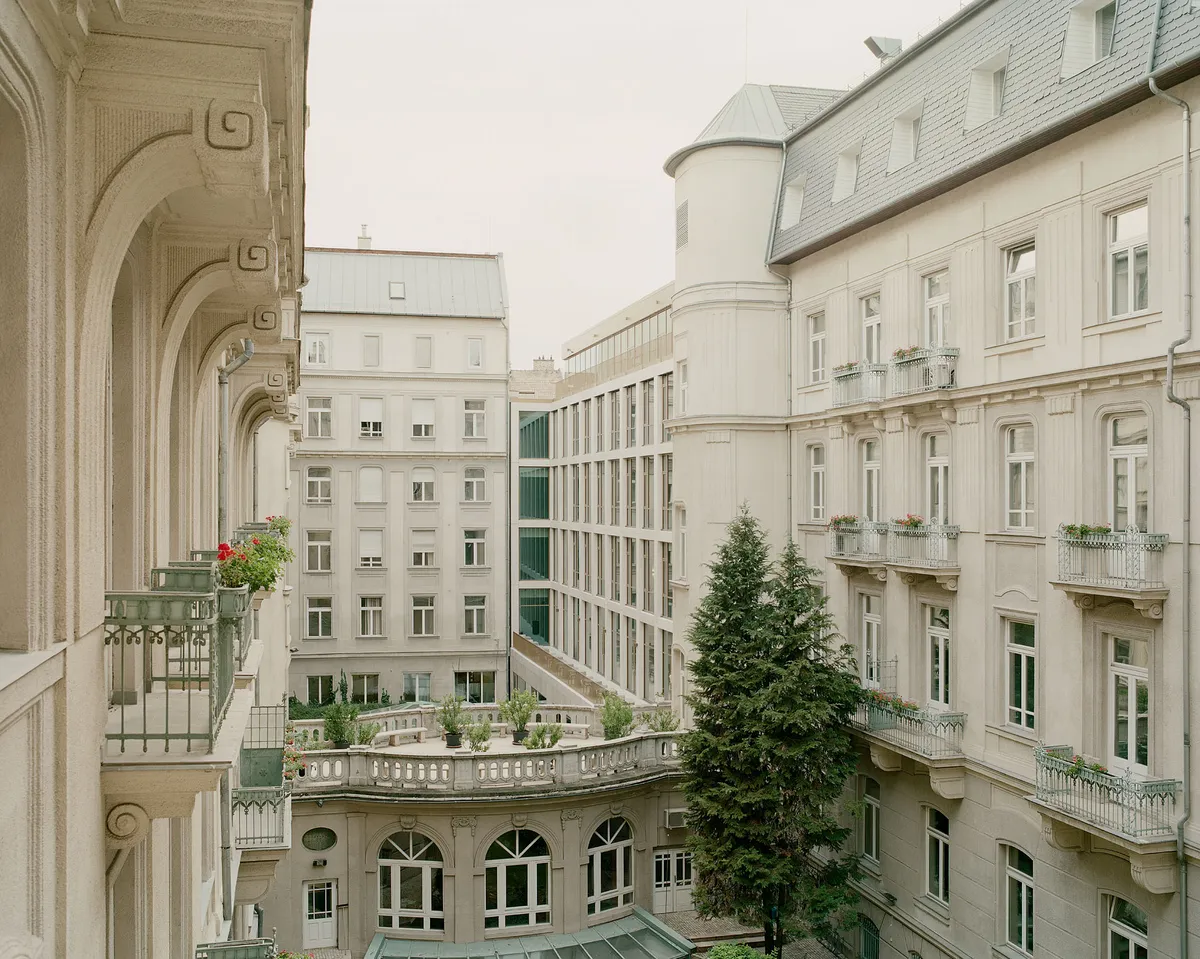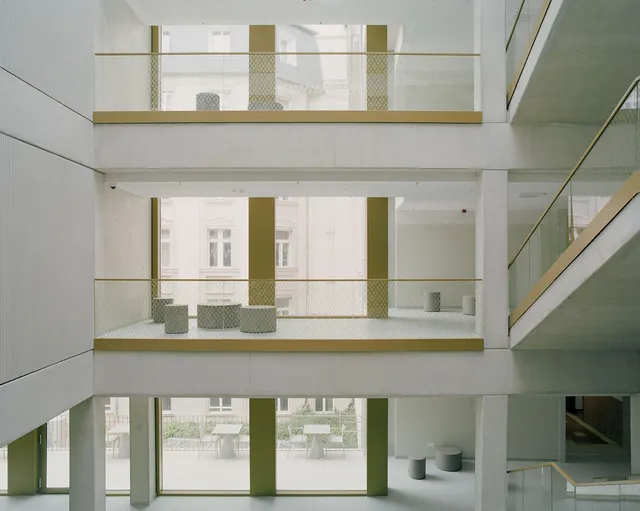
1/10

2/10

3/10

4/10

5/10

6/10

7/10

8/10

9/10

10/10
Built Space
Non-residential / Interventions on existent
P
Prize
2
votes of the public2
votes of the public
Author(s) / Team representatives
Imre Bődi, Zsolt Frikker
Profession
architect
Collective/office
Studio Fragment
External collaborators
Architects: Bence Buzás, Csaba Bajusz, Márton Lőw, Zsuzsanna Nagy, Ria Mottl
Project location
Budapest, Hungary
Budget in euros
15 000 000
Usable area
4207
Project start date
October 2016
Construction completion date
August 2022
Client
Semmelweis University
Builder
Laki Zrt
Website
Photo credits
Balázs Danyi



